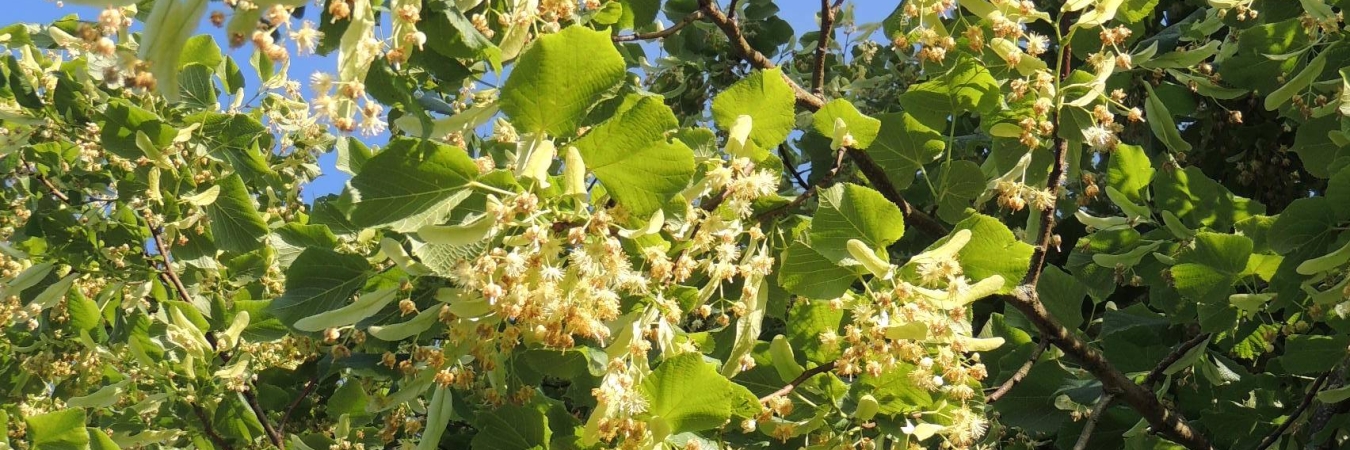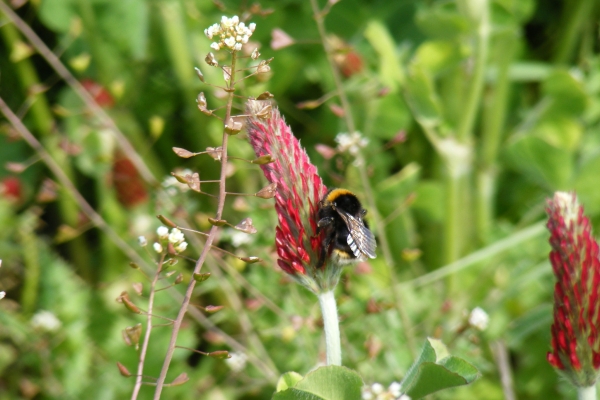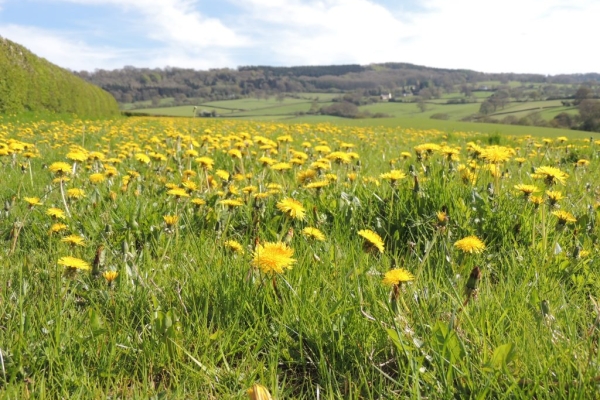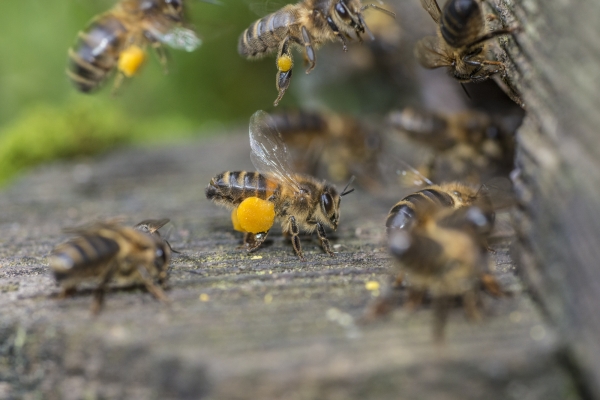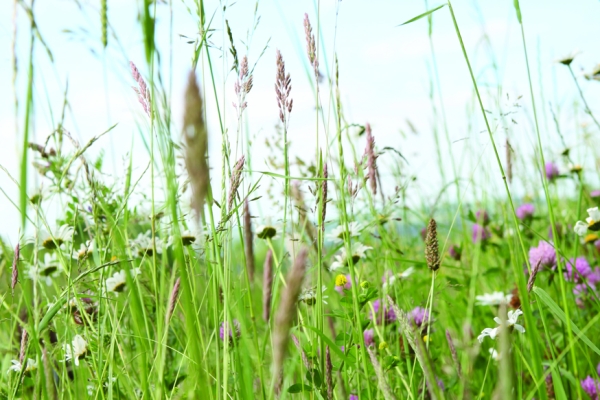Plants that are valuable for bees and other insect pollinators
Resource explained
This factsheet, produced by the Welsh-based organisation Bees for Development, gives useful background information on plant properties that are most valuable to different types of pollinators. It provides links to lists of insect-beneficial plants that have been compiled by various British organisations, and there is reference to work being undertaken at RHS Garden Wisley, supported by the Wildlife Gardening Forum; the first ever designed field experiment to test whether the geographical origin (nativeness) of plants affects the abundance and diversity of invertebrates (wildlife) they support.
Findings & recommendations
- Every farm is already home to a range of bees and other insect pollinators.
- Value can be added by growing plants from lists of those that are valuable for insect pollinators.
- Changes in farming practices have reduced food supplies for insects; continuous forage used to be provided by meadows that came into flower before they were cut, verges and hedgerows, and abundant weeds. Verges and hedgerows have now become highly important sources of food and habitat for insect pollinators. Allotments and gardens are also important, particularly for the continuity of the food supply that they provide.
- Honeybees will fly several kilometres to collect nectar and obtain significant volumes of their winter food source honey from flowering avenues of lime trees, fields of white clover or oil seed rape, and hedgerows of bramble, willowherb or ivy. Flowering times vary regionally, daily and annually. Nectar flow is dependent on temperature; slow in cold weather, speeding up in warm weather, and stopping in very hot weather.
- Colonies of honeybees need food throughout their active seasons so that they can rear young to have a population of forager bees ready and able to collect the nectar harvests whenever they become available.
Related articles
A short video of why we need pollinators and they need us. What simple actions can we take to help reduce the many threats pollinators...
An identification guide to eight of the UK’s most common bumblebees, vital pollinators for our food crops and wild flowers.
Organic vegetable farmer Andy Dibben puts forward the case for allowing complex insect ecosystems to develop or be proactively encouraged on farms, describing ways in...
Bees for Development practical management tips for different areas of your land, to help encourage wild flower species and pollinators.
Bumblebees in the UK; their importance, their requirements, and how farmers can help bring back the bumblebee.
Insect pollinators: their pollination techniques, foraging behaviour and relevance in relation to crops, flowering plants, and biodiversity.
Simple steps that farmers can take to halt the decline of bees and other insect pollinators in Wales, relevant to the British Isles.
A factsheet based on current evidence designed to help you understand how neonicotinoids work and the impacts their use has on bees and the larger...
Video outlining the challenges of growing and managing sainfoin, ways it can benefit livestock and bees, and current interesting research.
